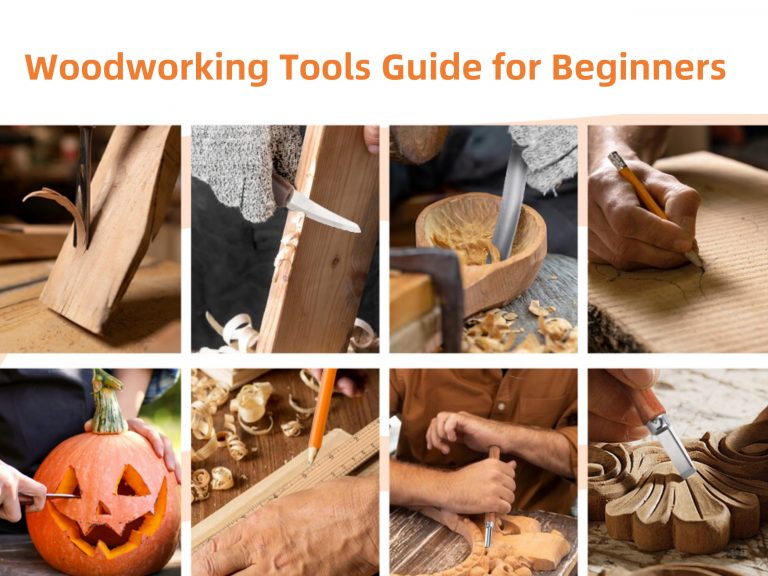In the previous two articles, we have looked at the classification, importance, and application of hand tools. Today we continue to explore how to choose the right hand tools. Here are some essential tips for you.
Evaluate task requirements
Understanding and evaluating task requirements is essential when selecting the right hand tool for the job.
Different project types require specific tools. For example, auto repair needs tools such as wrenches, pliers, screwdrivers, etc. Woodworking tasks require tools such as chisels, saws and hammers.
The precision requirements of different tasks also vary, fine carpentry, auto repair aviation and other tools have high precision requirements. Home repairs and diy tasks are less demanding.
The frequency of use and the working environment are also important considerations when selecting a tool. High quality tools that can withstand long periods of use are necessary for frequently used tools. The working environment, whether indoor or outdoor, and whether it will be exposed to a humid environment, should also be taken into account when selecting a tool.
Size and shape of the tool
The tool’s dimensions and shape are of great importance as they influence its effectiveness and the user’s experience. Here are some key features to consider.
Size and weight
When working in a compact space, as when doing delicate tasks, a smaller, lighter tool with better maneuverability and precision is the ideal choice. On the other hand, if you are engaged in heavy duty tasks, then you need larger and heavier tools with higher power.
Shape and design
Different shapes and designs of hand tools have different uses. The square handle on the screwdriver provides a better grip and prevents slipping. The upper curved handle of the hammer allows for more precise strokes. Recognizing the importance of shape and design in tool usage is essential for maximizing productivity and satisfaction.
Human body engineering
Select a hand tool that feels comfortable. Choose tools with ergonomic handles that not only provide a firm grip, but also minimize strain on muscles and joints. These tools are able to cope with long working hours, relieve fatigue and reduce the risk of injury.
Quality and durability
One of the key factors in choosing a hand tool is quality. When it comes to the longevity and performance of your tools, investing in high–quality products is a wise decision.
Brand reputation
Choose reputable brands that are committed to producing high-quality hand tools that meet industry standards and are reliable and durable.
Materials
Check the material from which the tool is made. Look for high-quality alloys or durable materials such as stainless steel and alloy steel, which are durable and wear resistant.
technology
Check the process and attention to detail in tool design and manufacturing. High quality hand tools are always patiently built, accurately sized and smooth.
User review
Consulting online reviews and recommendations from professions or experienced users can help you assess the performance and durability of a certain brand or model of hand tool. Treatment of insights from individuals who have personally used these tools can assist you in making an informed tool selection.
Price
Price is an indispensable consideration when choosing hand tools.
Set a budget
Determining how much money you need to spend on hand tools first will help you effectively filter out options that are not within your budget, thus preventing overextending yourself financially.
Compare price
It is recommended to thoroughly research different brands and suppliers to compare prices for the same or similar tools. Don’t forget to consider any additional features or warranties that may come with higher priced options.
Long-term value
Sometimes, investing in higher-quality, slightly more expensive tools can save you money in the long run. These tools last longer and perform better, eliminating the need for frequent tool changes.
Promotions and discounts
Look out for hand tool promotions and discounts. This can be especially beneficial if you plan to purchase multiple tools or have a large project coming up.
Security
When using hand tools, safety must be prioritized to prevent accidents and injuries. Here are some important safety tips to keep in mind.
Wear safety glasses
Always wear safety glasses or goggles when working with hand tools to protect your eyes from flying debris, dust, or any potential hazards.
Check the tool
Before using any hand tools, check them thoroughly for any signs of damage or wear. If damage is found, replace or repair the damaged tool immediately.
Follow the correct operation
Proper grip and control are essential when using hand tools. Make sure to hold the tool firmly and maintain a steady position to prevent slipping or accidents. Always keep your hand away from the point of impact or the cutting area.
Proper storage
After using hand tools, store them away from humidity, heat, or direct sunlight. Proper storage not only extends the service life of the tool, but also minimizes the risk of accidents caused by improper operation or storage.
Summary
When you’re just getting into diy, dealing with the variety of tools can be overwhelming. It is important for you to consider the type of task you are engaged in, the size, quality, price and safety of the tool, and then decide on the right hand tool. Happy your DIY journey and we will also continue to update the practical articles of hardware tools. MYWAY TOOLS is always by your side.








